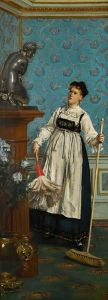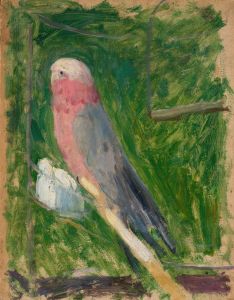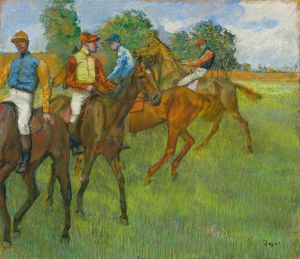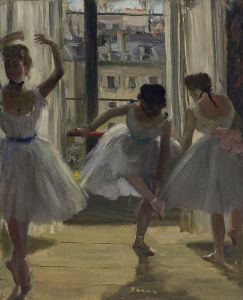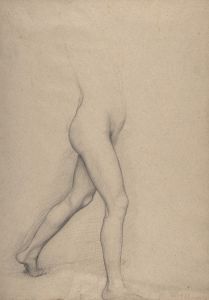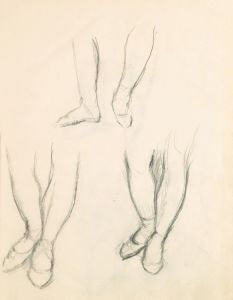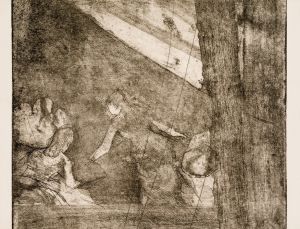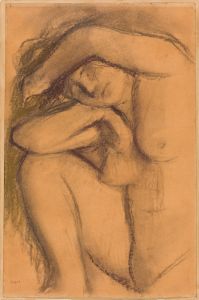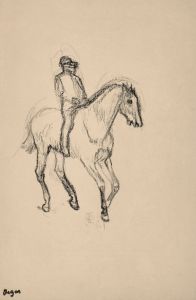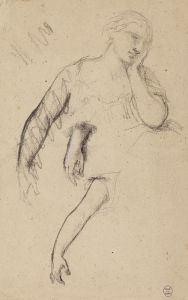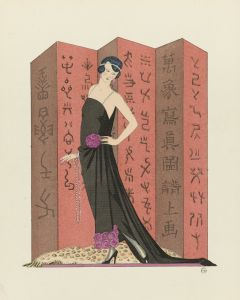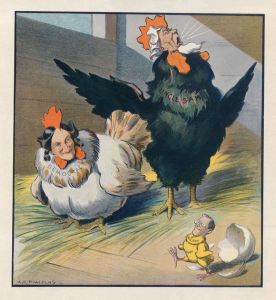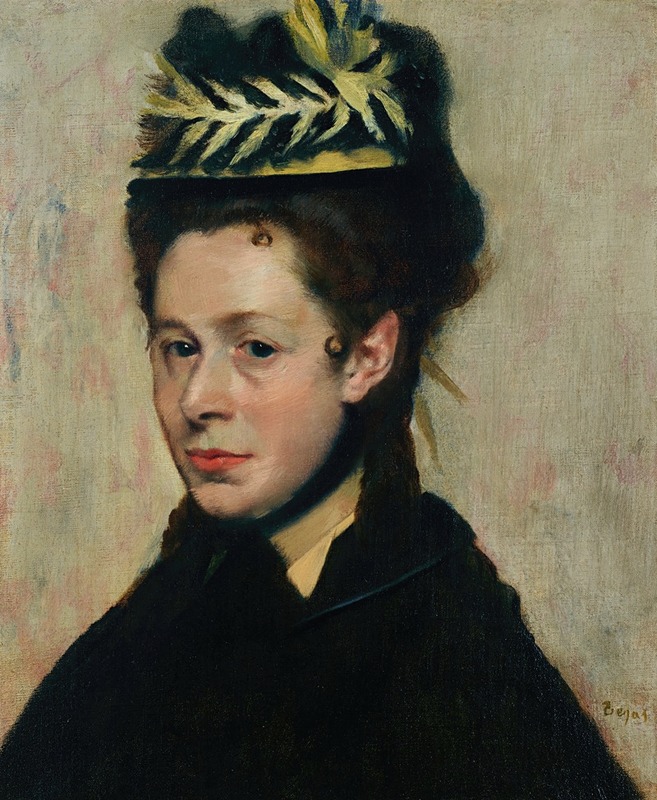
Buste de femme au chapeau à plumes
A hand-painted replica of Edgar Degas’s masterpiece Buste de femme au chapeau à plumes, meticulously crafted by professional artists to capture the true essence of the original. Each piece is created with museum-quality canvas and rare mineral pigments, carefully painted by experienced artists with delicate brushstrokes and rich, layered colors to perfectly recreate the texture of the original artwork. Unlike machine-printed reproductions, this hand-painted version brings the painting to life, infused with the artist’s emotions and skill in every stroke. Whether for personal collection or home decoration, it instantly elevates the artistic atmosphere of any space.
Edgar Degas, a prominent French artist associated with the Impressionist movement, is renowned for his innovative approach to painting, sculpture, and drawing. Among his diverse body of work, "Buste de femme au chapeau à plumes" is a notable piece that exemplifies his interest in capturing the nuances of human expression and fashion.
Degas was born in Paris in 1834 and became known for his depictions of contemporary life, particularly focusing on dancers, women at work, and intimate portraits. His style is characterized by its attention to detail, dynamic compositions, and a keen observation of human behavior and form. While Degas is often associated with Impressionism, he preferred to be called a realist, emphasizing his commitment to depicting the modern world with precision and clarity.
"Buste de femme au chapeau à plumes" translates to "Bust of a Woman with a Feathered Hat," and it reflects Degas's fascination with the fashion and elegance of Parisian women. This work is a testament to his skill in capturing the subtleties of texture and form, particularly in the rendering of the hat's feathers and the woman's facial expression. The painting is believed to be executed in pastel, a medium Degas favored for its ability to convey softness and vibrancy, allowing him to explore the interplay of light and color with great finesse.
The subject of the painting, a woman adorned with a stylish hat, is indicative of the fashion trends of the late 19th century, a period when hats were an essential element of a woman's attire. The feathered hat not only serves as a fashion statement but also as a symbol of the social status and personality of the wearer. Degas's attention to such details highlights his interest in the cultural and social aspects of his time.
Degas's technique in this piece, as in many of his works, involves a delicate balance between line and color. His use of pastels allows for a rich layering of hues, creating depth and dimension in the woman's face and the intricate details of her hat. The composition is intimate, focusing closely on the subject's face and headwear, which draws the viewer's attention to the expression and the textures that Degas so meticulously crafted.
Throughout his career, Degas was known for his ability to capture fleeting moments and the essence of his subjects with remarkable clarity. "Buste de femme au chapeau à plumes" is a fine example of this talent, showcasing his ability to blend realism with an impressionistic touch. The painting reflects his ongoing exploration of the human form and his fascination with the everyday lives of women, which remained a central theme in his work.
While specific details about the provenance or current location of "Buste de femme au chapeau à plumes" may not be widely documented, the piece remains an important part of Degas's oeuvre, illustrating his mastery of pastel and his insightful portrayal of 19th-century Parisian life. As with many of Degas's works, it continues to be appreciated for its artistic merit and its contribution to the understanding of the social and cultural dynamics of his era.





